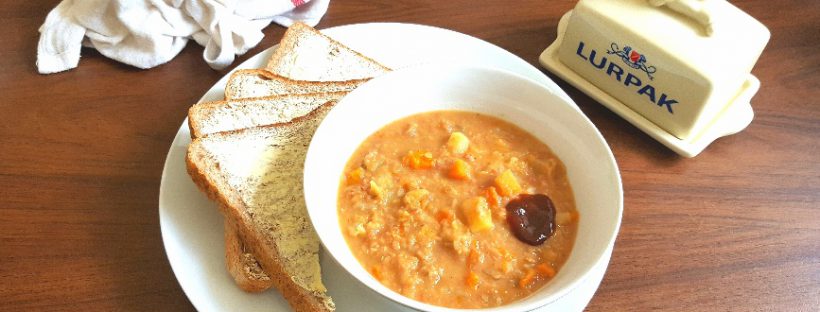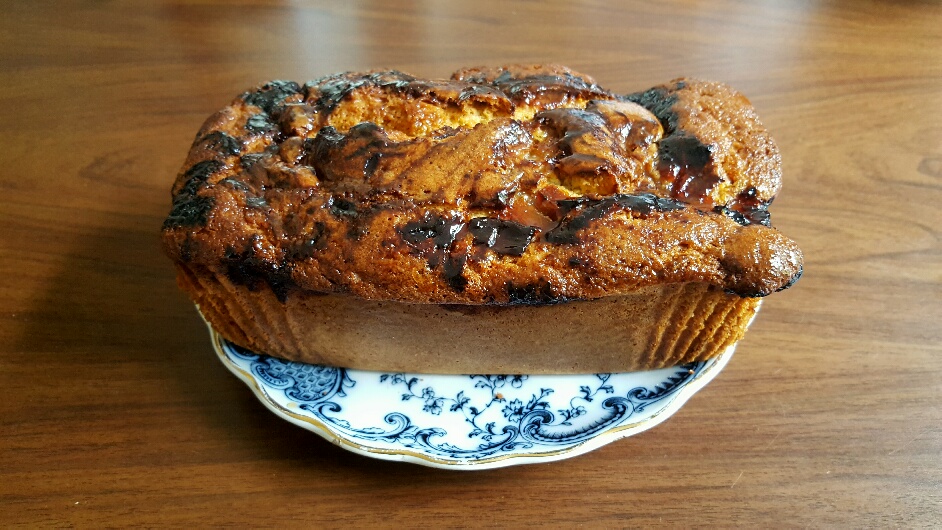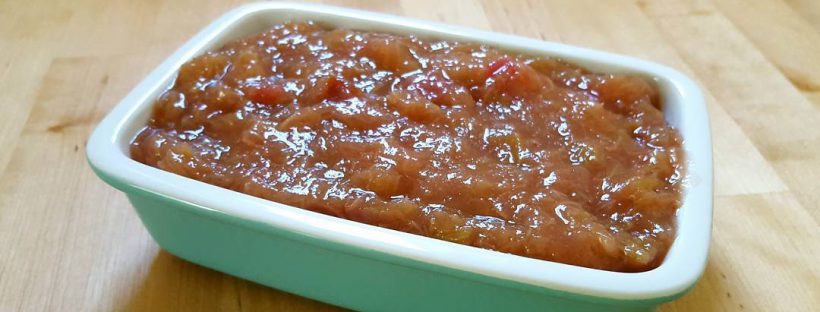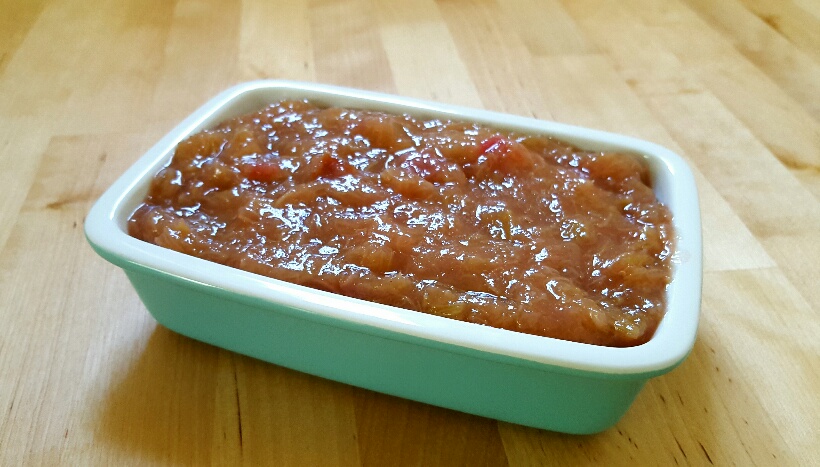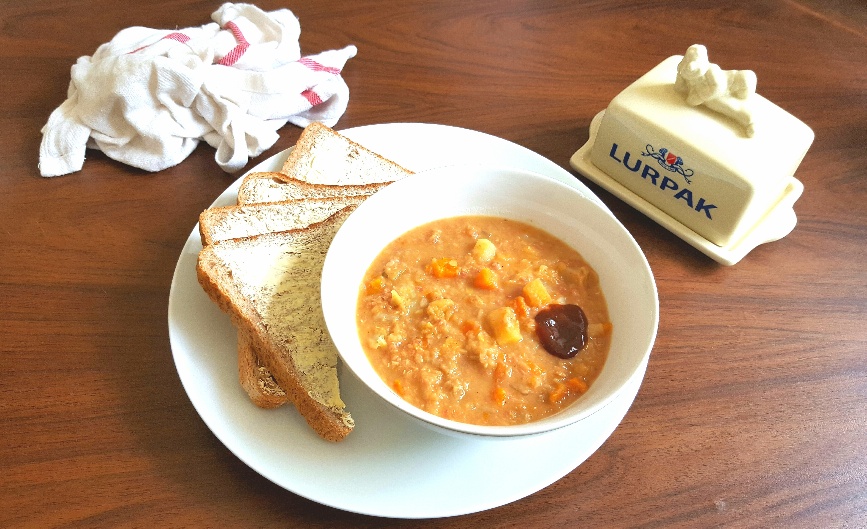
Corned Beef Soup by The Fat Foodie
The weather’s been overcast and freezing for days now, requiring us to put the heating on to combat the thick layer of thorn-like crisp frost that’s coating the world outside. It seems weird to feel so chilly when it’s only late November, but the other day I decided something warming would have to be on the cards for lunch after nipping out to bring in my frozen washing (which I had to break as if it was made of strong cardboard in order to fit it back in the washing basket).
I had a rummage around in the fridge and cupboards, but no inspiration struck. However, a glance in the freezer unearthed a carton of Mum’s family-famous corned beef soup, a hearty meal-in-a-bowl that’s guaranteed to warm a person up from the inside out. As Mum would say, her corned beef soup is a soup that really ‘sticks to your ribs’.
I remember having this soup one evening in late autumn when I was a young teenager. We lived in Dumfries and Galloway (the part of Scotland with the highest rainfall level on a yearly basis) and on this particular day my Dad had swung by in the car after he’d finished work to pick me and my brother up from school on his way home because the rain was so heavy that it was falling to the pavement and then bouncing back up to knee level. After relishing the warmth of the car we arrived home and, after changing out of our sodden school uniform and getting into our nightwear and dressing gowns, we joined Mum and Dad in the kitchen for dinner. The relief and excitement I felt when I realised that we were having Mum’s amazing hot corned beef soup for dinner was overwhelming and I remember feeling sorry for some of my friends whose fathers demanded a full, roasted meat-centric dinner every evening and being wholeheartedly grateful that I was blessed with a family that could come together over a simple cooking pot full of soup.
One question I get asked all the time is what low FODMAP stock I use because a lot of the stock cubes which are on the supermarket shelves contain onion and/or garlic. Some people who eat a low FODMAP diet can find that their systems are okay with a small amount of onion and garlic, such as the quantity found in stock cubes. However, others cannot tolerate it in their diets at all. There are a couple of options if you’re very sensitive to onion or garlic though.
The first is Massel ‘s Vegetable Stock Cubes which are completely free of onion or garlic. I’ve tried this stock and it’s quite nice and it certainly does the job well. The second option is Casa de Sante’s low FODMAP Vegetable Stock Powder which is my preferred choice because I like the background herbiness it brings to meals. It’s also officially certified by FODMAP Friendly. If you’d like, you can buy either of these options online by clicking on the names of the products.
Corned beef soup is really easy to make and it’s packed full of flavour. You can adapt the vegetables to suit whatever you have on-hand to use up in the fridge. For instance, if you have them to use up, turnip, the green tops of leeks and parsnips work well in this recipe. It’s perfect served with a generous slice (or two) of nice, fresh, yeasty bread slathered in plenty of good salted butter.
As a rule, I don’t really like brown sauce, but in this case I can highly recommend adding a little dollop of HP Sauce to your bowl, as evidenced in the photo, because it adds a lovely deep, fruity, vinegary note to the soup. Regardless of whether you add the HP sauce to your bowl or not, as my Mum would say, after a bowl of this soup ‘your cockles will soon be warmed up’.
Ingredients:
2 tins of good quality corned beef
3 large carrots
3 potatoes
2 or 3 gluten-free vegetable stock cubes (to taste) (I use Casa de Sante’s low FODMAP Vegetable Stock Powder)
1.5 litres of hot water
Method:
Chop up your vegetables into bite-sized pieces (or grate them) and put them in a large soup pot.
Add enough hot water so it just covers the vegetables and bring to the boil.
Chop up your corned beef and add it to the pot.
Simmer gently until your veg is cooked and then add the stock cubes one at a time, tasting after stirring each one in to make sure you don’t over-season the soup. (You might not need all 3 stock cubes, depending on your personal taste.)
After simmering it for a wee while longer serve it with good gluten-free bread and butter.

Corned Beef Soup by The Fat Foodie
 Copyright protected by Digiprove © 2016
Copyright protected by Digiprove © 2016 